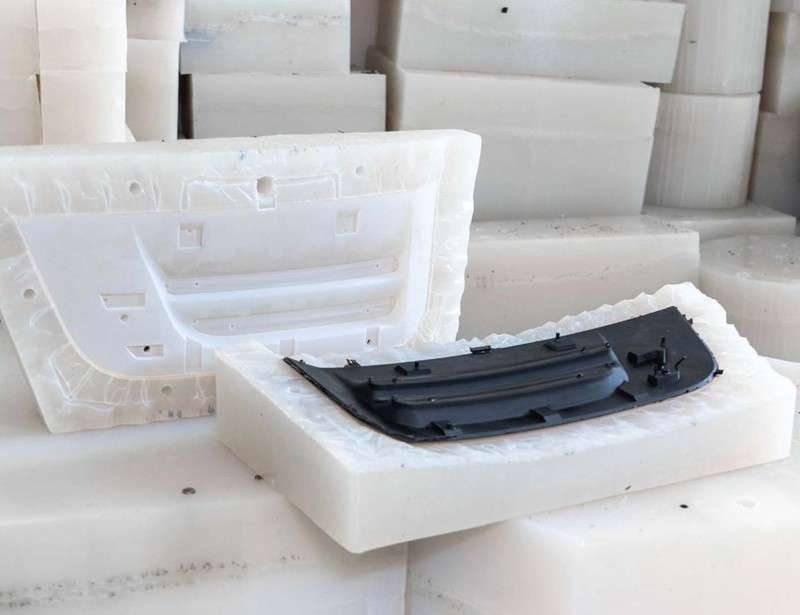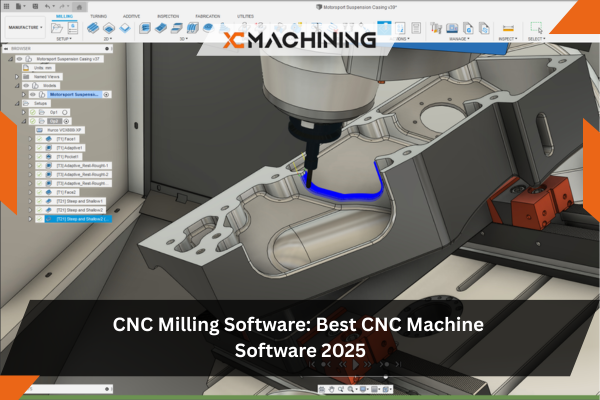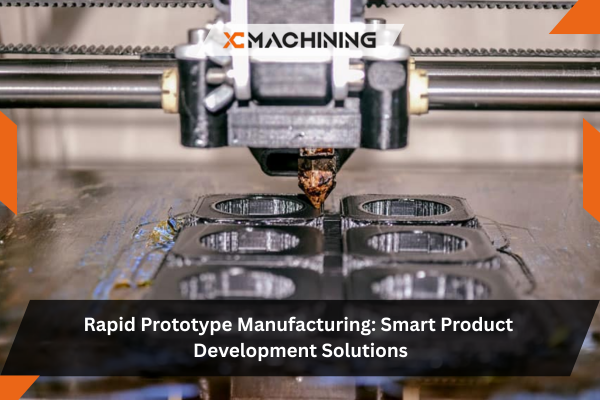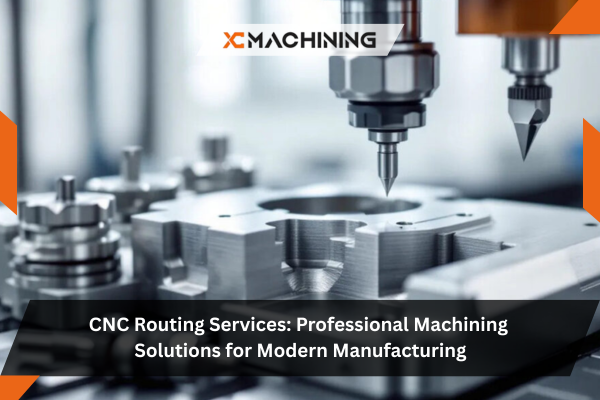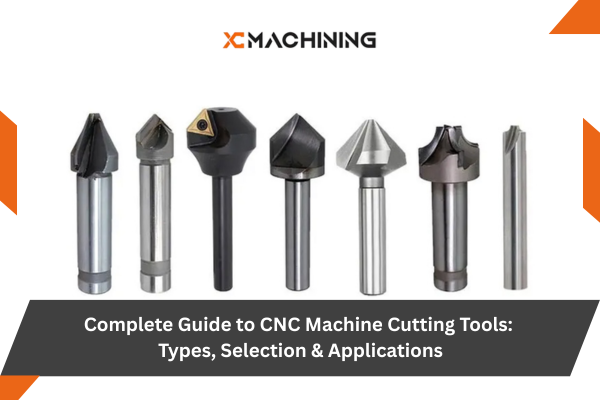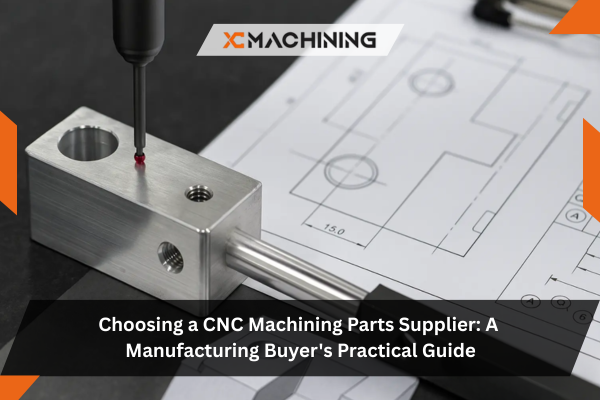As specialists in machining and parts manufacturing ( XC Machining), we know that the way a steel is processed has a huge impact on both machinability and final properties. Here are some important facts for 440C / 1.4125 / X105CrMo17:
Recuit
To prepare the material for machining (soft condition) one usually anneals at ~843-871 °C (≈1550-1600 °F) followed by slow furnace cooling. In the annealed state, the material is easier to machine because of its lower hardness (~Brinell 269HB max) and relatively better ductility.
Hardening (Quenching)
Hardening is typically achieved by heating to ~1010-1050 °C (1850-1925 °F) then quenching (air or oil). Heating too low or too high can impair properties. Proper quenching is essential to develop the martensitic structure which gives the high hardness.
Tempering
After quenching, tempering is required to relieve stress and achieve desired toughness. For example, tempering at 148-300 °C (300-575 °F) may be used. In 440C, it is noted that tempering in certain ranges (425-565 °C) may lead to reduced corrosion resistance and impact resistance.
Machinability considerations
In the annealed state 440C can be machined reasonably well (turning, drilling, etc.). But once hardened to ~58-60 HRC, it becomes very difficult to machine. Because of the high carbon and resultant carbides, chips are often tough and stringy, chip breakers and effective coolant are important.
Soudage
Welding 440C is generally discouraged or only used with caution because the high carbon and martensitic structure can lead to cracking, loss of toughness, etc. Pre‐heating and post‐weld heat treatment may be required.
What are the limitations and what to watch out for with Stainless steel 440C | 1.4125 | X105CrMo17?
No material is perfect, and for 440C / 1.4125 / X105CrMo17 there are some constraints you should be aware of:
Corrosion resistance is moderate, not exceptional
While 440C is “stainless”, its corrosion resistance falls short compared to high‐nickel austenitic stainless steels (e.g., 316) or some duplex/super‐alloys. If your application is in a highly corrosive or chloride‐rich environment, you may need a different grade.
Ductility and toughness trade‐offs
High hardness brings lower toughness and elongation. For example, elongation may drop to ~4% in hardened condition. That means the material is less forgiving to shock, impact or bending loads.
Machining when hardened is very difficult
If you purchase 440C already hardened to high HRC, machining becomes very challenging (tool wear, slow feeds, high cost). It is better to machine in annealed condition then harden if feasible.
Welding is problematic
Because of the high carbon, heat‐affected zones may crack; welding may reduce the desirable properties unless properly managed.
Heat treatment must be accurate
Incorrect hardening/tempering can degrade corrosion resistance, toughness or cause distortion/warping. It demands good process control.
At XC Machining, these limitations translate into practical advice: we ask clients early on for the required hardness, tolerances, and operating conditions so we can plan material procurement, machining strategy and finishing accordingly.
How does XC Machining deliver superior value when you choose Stainless steel 440C | 1.4125 | X105CrMo17?
At XC Machining, our combination of expertise, equipment, and process control ensures that when you specify 440C / 1.4125 / X105CrMo17, you get the maximum benefit:
- Precision machining & tooling: We have CNC machines, tooling systems, high‐pressure coolant, chip control mechanisms and fixture systems suitable for high hardness stainless steels like 440C.
- Heat treatment coordination: We coordinate with trusted heat‐treat vendors to ensure quenching/tempering is done properly, minimising distortion, ensuring correct hardness and microstructure.
- Finishing & polish: For applications demanding high surface quality (food, medical, cutlery, instrumentation), we offer finishing/polishing/passivation services to maximise corrosion resistance and aesthetics.
- Quality assurance: We provide material test certificates, hardness reports, dimensional inspection, and where required non‐destructive testing, to support your compliance requirements.
- Application support : XC Machining assists clients in design review, machining strategy, cost/time trade‐offs, and ultimately part delivery matched to your end‐use.
With XC Machining involved early in the project, you benefit from fewer iterations, lower cost surprises, better part life and higher reliability.


